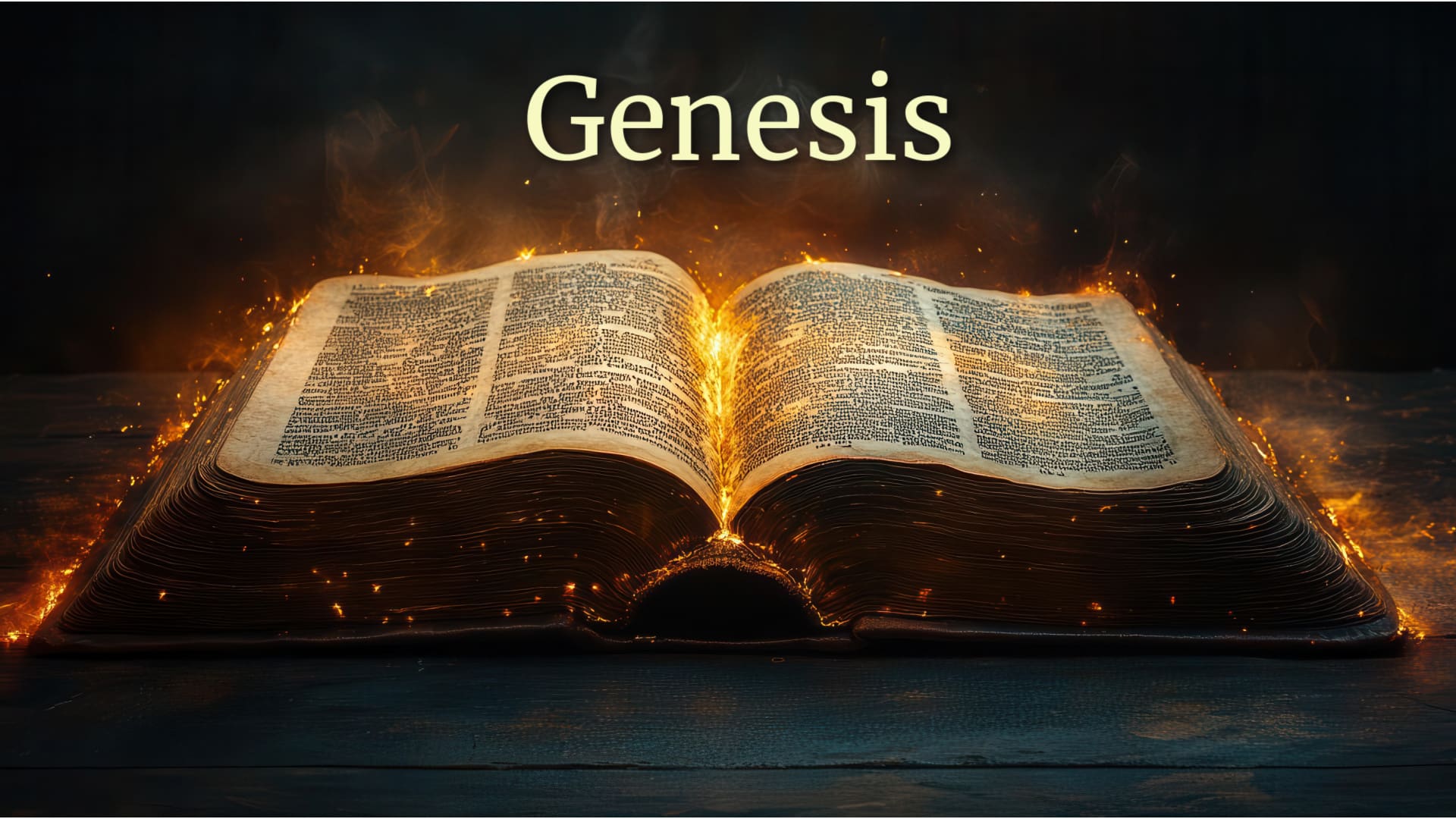
Key Abrahamic Motifs: – Trees
So Abraham moved his tent, and came and dwelt by the Oaks of Mamre, which are at Hebron, and there he built an altar t the Lord. Genesis 13:18
In his many years of living in and traveling throughout the Promised Land (some 100 years!), it is clear that wherever Abraham settled, there was a sacred grove and an altar. His first stop in Shechem is immediately associated with the Oak of Moreh, which means “Oak of the Teacher/Soothsayer (i.e. fortune telling, Gen. 12:6) where YHWH appeared to him with a promise to give him this land. His natural response is to build an altar for worship (12:7). From there he headed south to Bethel where he built another altar (12:8). A famine forced him to Egypt, but on return he dwelt by the Oaks of Mamre in Hebron, again building an altar (13:18). After the tumultuous incidents involving the “Cities of the Plain” and his nephew Lot (Gen. 14, 19), Abraham traveled to the south of Canaan in a region called the Negev to Gerar and ultimately to Beersheba, where he planted a tamarisk tree, and “called there on the name of YHWH, the Everlasting God” (21:33). Finally, he and Sarah were buried in the only land that he ever legally owned which he bought from Ephron the Hittite, a field east of Mamre, with “all [its] trees (23:17).
To this we may add Jacob’s standing stone, or pillar erected in memory of his dream encounter with God at Bethel, making a vow to God (28:18ff.) as he flees from the land before his brother. On his return, God commands him to set up another pillar at Bethel, pouring a drink offering over it (35:1, 14). At the end of his life, traveling to meet Joseph in Egypt, Jacob stops by Beersheba, and we would not be imposing too much on the text to imagine him walking among the trees his grandfather Abraham planted years ago, now fully mature, in deep contemplation. Was it there that he built his altar, sacrificing to God, encountering God through visions of the night (46:1-7)?
The Patriachs in these early times were closely associated with trees, altars and even standing stones where they worshipped God, sacrificed, and made vows. This was even the case after Mosaic times where we find Joshua at Shechem setting up a standing stone underneath an oak in the “sanctuary of the Lord” in a covenant renewal ceremony (Josh. 24:26ff.). Deborah, a prophetess, was naturally found under a palm tree, which is no doubt associated with her powers to communicate with the supernatural. What may seem shocking is that these were the practices of the pagans that were condemned by later Mosaic legislation and the prophets (Dt. 12:2, I Kgs. 14:23, II Kgs. 16:4, 17:10, Jer. 2:20, 3:6, 17:2, Ezk. 6:13, 20:28, Isa. 57:5). We must conclude that the FORM of early worship did not differ in many ways from the pagan rituals, but the MEANING of the ritual was worlds apart. Pagan religion was not relational, but fundamentally magic driven. On the other hand, YHWH is identified as the God of Abraham (24:12, 27, 42, 48), to Jacob he was “God of Abraham your father, and Isaac (28:13), also the “fear of Isaac” (31:42). In short, YHWH is the God of the “fathers” who enters into covenant with persons, yet is worshiped among the trees much like the pagan gods were.
This universal bond linking trees to human worship, illustrated by both the bright side (biblical) and the dark side (pagan), reflects the primal connection humanity has to lost origins, the Garden and especially to its two trees. Trees were nature’s first cathedrals, their trunks pillars, and light beams shining through the upper leafy boughs like windows. The Temple’s two pillars symbolize either the cosmic mountains holding up the firmament, and/or the two trees of paradise. It is likely that there was a grove of trees in the Temple precincts (Ps. 92:12-15, see For Abraham, his sacred groves were microcosms of the whole of the Promise Land, which was itself a symbol of Eden and its trees.
Takeaway: Patriarchal worship shared many similar features as pagan worship, and yet was fundamentally different in cosmology and how they perceived and related to God/gods.
Question: How do you deal with the fact that the ancient Hebrew religion, and by extension, the Church has taken on elements of ancient pagan symbols, literary styles, and practice?
Resources: For more information Hebrew Religion and its symbols, see
Keel, Othmar. The Symbols of the Biblical World, Seabury Press, 1978. p. 143.
0 Comments